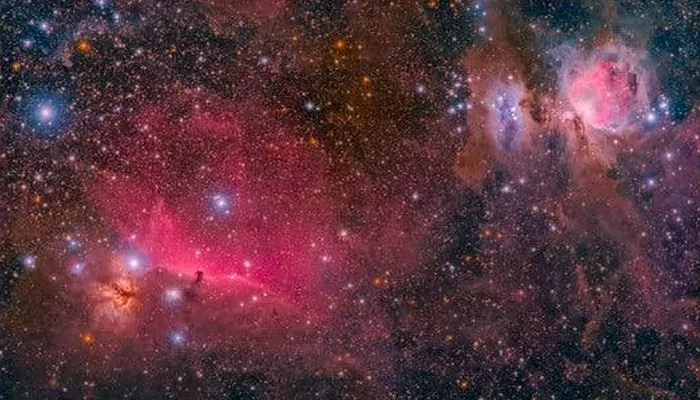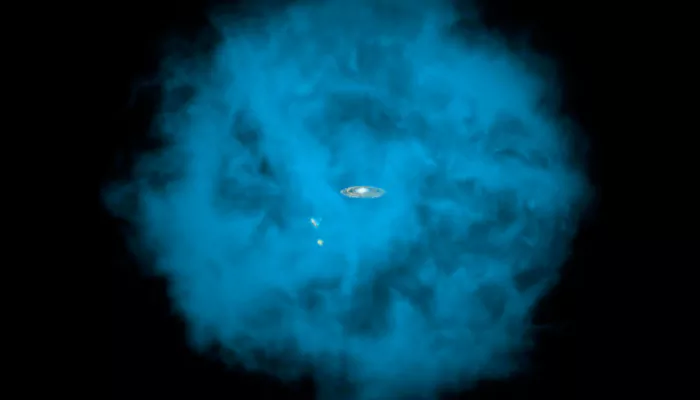
Here are today’s most important updates from the realm of Science and Space.
The Indian Space Research Organisation (Isro) is all set to be part of experiments aboard the International Space Station as Shubhanshu Shukla preps to fly aboard the Axiom-4 mission. The Indian astronaut will launch to the Space Station with Axiom Space on a 14-day-long mission to live and work in zero gravity. He will be conducting several experiments during his stay and one of the most important among them is the Voyager Tardigrades experiment. Tardigrades, also known as water bears or moss piglets, are tiny, water-dwelling micro-animals famous for their incredible survival abilities. The Voyager Tardigrades experiment is part of seven other studies from India being launched to the ISS. It will investigate the revival, survival, and reproduction of tardigrades sent to the ISS.

A new study published in the Monthly Notices of the Royal Astronomical Society suggests that the universe may be rotating albeit extremely slowly, a discovery that could help resolve one of astronomy’s most persistent puzzles, the “Hubble tension.” Current cosmological models hold that the universe expands uniformly in all directions without any rotation. However, the new model estimates that the universe could complete one full rotation every 500 billion years far too slow to detect directly but sufficient to influence cosmic expansion over time. If confirmed, this paradigm shift could deepen our understanding of the universe’s dynamics and solve the longstanding Hubble tension that has puzzled astronomers for years.

(Credit: ZME Science)
Scientists have finally located the long-sought missing half of the Universe's visible matter, discovering it exists as vast, faint clouds of ionized hydrogen surrounding galaxies. Using a novel technique, an international team of astronomers and astrophysicists was able to detect these previously invisible clouds. Survey programs have confirmed that this material forms an intergalactic mist of hydrogen, expelled further from active galactic cores than previously believed. Normal, or baryonic matter, makes up around 5 percent of the matter-energy distribution of the Universe; the rest is dark matter (27 percent) and dark energy (68 percent). Dark matter and dark energy are a whole other thing, but the Mystery of the Missing Baryonic Matter is one that has vexed scientists for decades.

While Europe has become the fastest-warming continent on the globe, Floods have also hit over 30% of the continent’s river network, facing the most widespread flooding last year since 2013. The recent report has mentioned that flooding has killed over 335 people and affected more than 4,10,000. Storms and flooding have caused damage exceeding 1.62 lakh crore rupees. Amongst all, Western Europe remains the hardest hit region with 10 wettest years on record since 1950.Southern Europe had the longest heat wave on record for 13 days, Scandinavia's glaciers shrank at the highest rates on record, and heat stress increased across the continent, whereas Eastern Europe was hit by a lack of rain and drought.